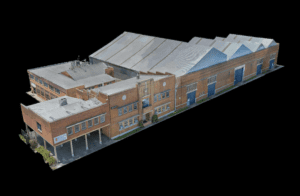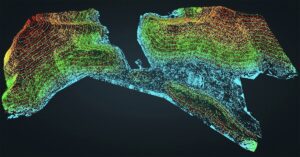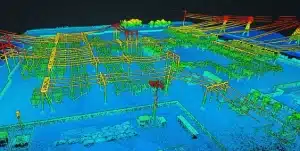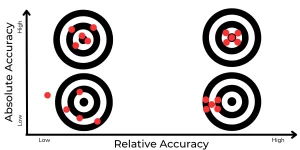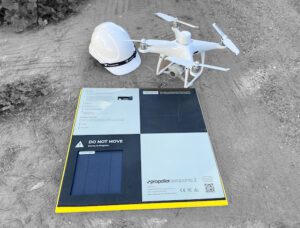Commercial Drone Operator Services the Job of the Future
Experts in the drone industry have predicted that within the next 10-15 years many current jobs will no longer be available as they will be outsourced to drone operators. It’s already starting to happen and due to this increase in technology, being a drone operator has emerged as a dominant growth industry which covers various fields of work.

An article from Business Insider reveals a prediction that revenue from drone sales will increase from $8 billion last year to $12 Billion by 2021. This strongly suggests that there are people entering industries in the workforce that will be soon be predominantly taken over by business’ who offer drone operator services.
DJI’s head of enterprise partnerships Jan Gasparic told The Australian “Everyone has slightly different estimates, but they all agree it’s a massive opportunity,” he said. “A lot of what we’re thinking about for our customer is around data capture. Mapping construction sites, for example, and things like search and rescue, and with agriculture. Drones right now are coming into the point of being rapid data capture vehicles.”
What many people still consider to be a hobby is set to become a popular, well paid and in-demand job opportunity within the next few years.
The demand for drone operators, in a wide variety of industries, is increasing exponentially. Drones are reshaping what is possible in industries such as environmental, mining, constriction, search and rescue and even transport and delivery.
For people pursuing a career as a drone pilot, the rewards are great. The average salary of a drone pilot is already around $100,000 with the top end nudging $150,000 a year.
Ten years ago, there were fewer than 25 certified drone operators in Australia. But, currently there are over 1,200 CASA issued ReOc licenses; adding hundreds and thousands of job opportunities.
Globally, the world market for piloted drones is forecast to more than double by 2022.
It won’t be long before every tradesman has a drone in the vehicle enabling them to inspect roofs and other hard to reach areas to inspect damage.
They can be used the thermal imaging in a drone to fly over the roof of a house and find out exactly where the leak is and measure the problem area to the exact millimetre. It takes less than five minutes and, while the drone is there, they are also able to spot other problems that it would be impossible to know about without a drone.

Industries already being transformed by drone pilots:
- Utilities: Using asset inspection drone services to inspect power lines, telephone towers and wind turbines without needing to employ several people, cranes and cherry pickers
- Mining: Drones are already commonplace and are used to measure stock piles of minerals in hours, rather than days. Also used for surveying work and environmental impact research
- Construction: Drones are already being used to do routine checks of hard to reach areas such as cranes and structures. Also to undertake progress shots/video from the air of a project.
- Package Delivery: Australia Post and Amazon are already investing in drone technology as a way of delivering packages
- Trades: Being able to inspect things from a height, such as a solar panel output, leaking roofs and guttering.
- Real Estate: Panoramic aerial footage of properties to show investors new opportunities or create marketing videos


